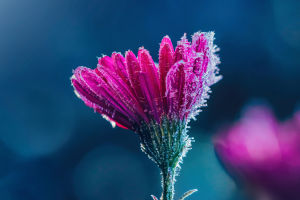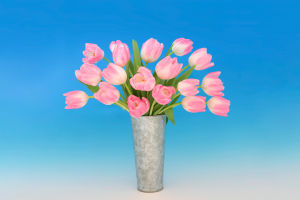Hey Lykkers! As the chill of winter fades, the bright hues of daffodils herald the much-awaited arrival of spring.
These cheerful blossoms are not just a feast for the eyes but also carry deep symbolic meanings and a fascinating history.
Let's delve into the world of daffodils and discover why they capture the heart of every springtime observer.
A Symbol of Renewal and Hope
Daffodils, with their radiant yellow blooms, are universally recognized as symbols of rebirth and new beginnings. Associated with the coming of spring, they represent the triumph of hope over despair and are often the first sign that winter is finally giving way to warmth and light.
The Daffodil's Journey Through History
Originating from the meadows of Europe and North Africa, the daffodil has inspired numerous poets and artists through the ages, from Wordsworth’s lonely host of golden daffodils to Van Gogh’s expressive floral paintings. This flower’s journey from wild natural beauty to a garden favorite demonstrates its enduring appeal.
Plant Profile | The Daffodil's History
Video by Shaw Nature Reserve
Growing and Caring for Daffodils
Cultivating daffodils is a joy for gardeners of all skill levels as they are remarkably low maintenance. These flowers thrive in well-drained soil and appreciate a sunny spot where they can soak up the rays. A little compost during planting ensures a vibrant display of flowers each spring.
Daffodils in Art and Culture
Beyond the garden, daffodils have a strong presence in cultural festivals and arts. Many towns across the world celebrate daffodil festivals that include parades, art shows, and community activities, emphasizing this flower's role in heralding spring and fostering community spirit.
The daffodil stands out as one of the most beloved harbingers of spring. Whether adorning a vast field, enhancing a garden, or being celebrated in a festival, these flowers bring with them a message of joy and renewal. As we appreciate their beauty, let lykkers remember the fresh start they symbolize with each blooming season.


